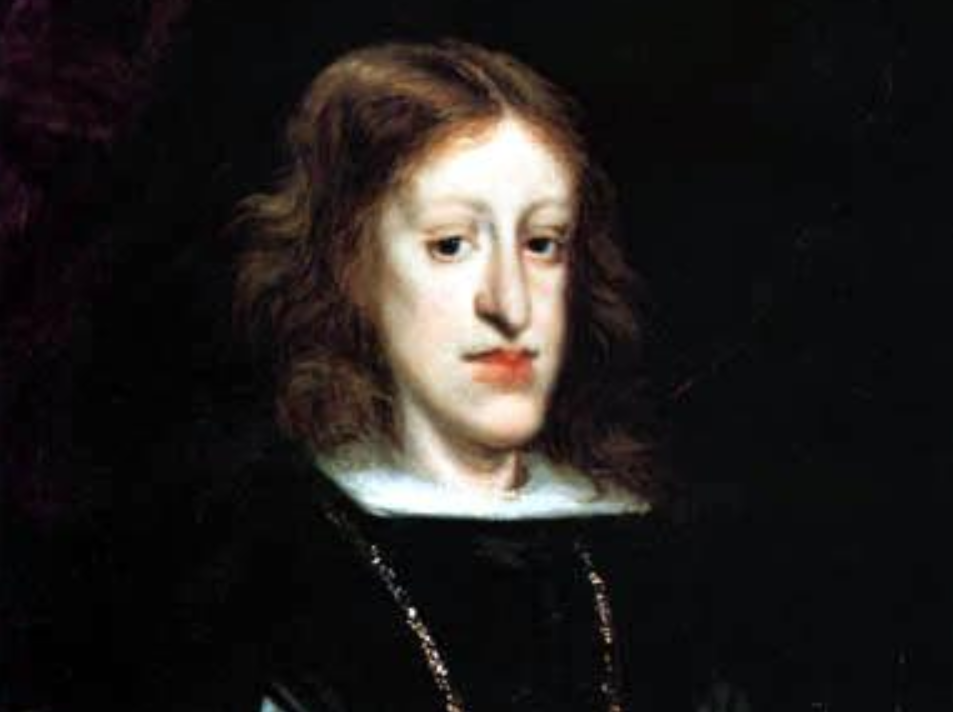‘Habsburg Jaw’ seen in European kings ‘was caused by inbreeding’, researchers find

A distinctive jutting jawline seen in dozens of pictures from the Habsburg dynasty of Spanish and Austrian kings was caused by inbreeding, researchers have found.
The family intermarried multiple times, securing power and influence across a European empire for 200 years - but it carried with it an unusual by-product.
The distinctive ‘Habsburg jaw’ can be seen in dozens of paintings, and researchers analysed the deformity, comparing it to the degree of relatedness in the kings and wives pictured in the images.
Professor Roman Vilas from the University of Santiago de Compostela said, "The Habsburg dynasty was one of the most influential in Europe, but became renowned for inbreeding, which was its eventual downfall.
“We show for the first time that there is a clear positive relationship between inbreeding and appearance of the Habsburg jaw.”
READ MORE
Meet the adorable cat with two different faces
World’s southernmost reef hit by coral bleaching
Binary Earth-sized planets possible around distant stars
Insects could die out in ‘worst exctinction since the dinosaurs’
The researchers recruited 10 maxillofacial (face, mouth and jaw) surgeons to diagnose facial deformity in 66 portraits of 15 members of the Habsburg dynasty.
The extent of inbreeding was calculated from a large-scale family tree, including more than 6,000 individuals belonging to more than 20 generations.
Analysis was carried out to determine if it was connected to the degree of facial deformity.
The causes of the relationship between inbreeding and facial deformity remain unclear, but the authors suggest it's because the main effect of mating between relatives is an increase in the chances of offspring inheriting identical forms of a gene from both parents, known as genetic homozygosity.
The final Habsburg monarch was unable to produce an heir.
"While our study is based on historical figures, inbreeding is still common in some geographical regions and among some religious and ethnic groups, so it's important today to investigate the effects," says Vilas.
"The Habsburg dynasty serves as a kind of human laboratory for researchers to do so, because the range of inbreeding is so high."


